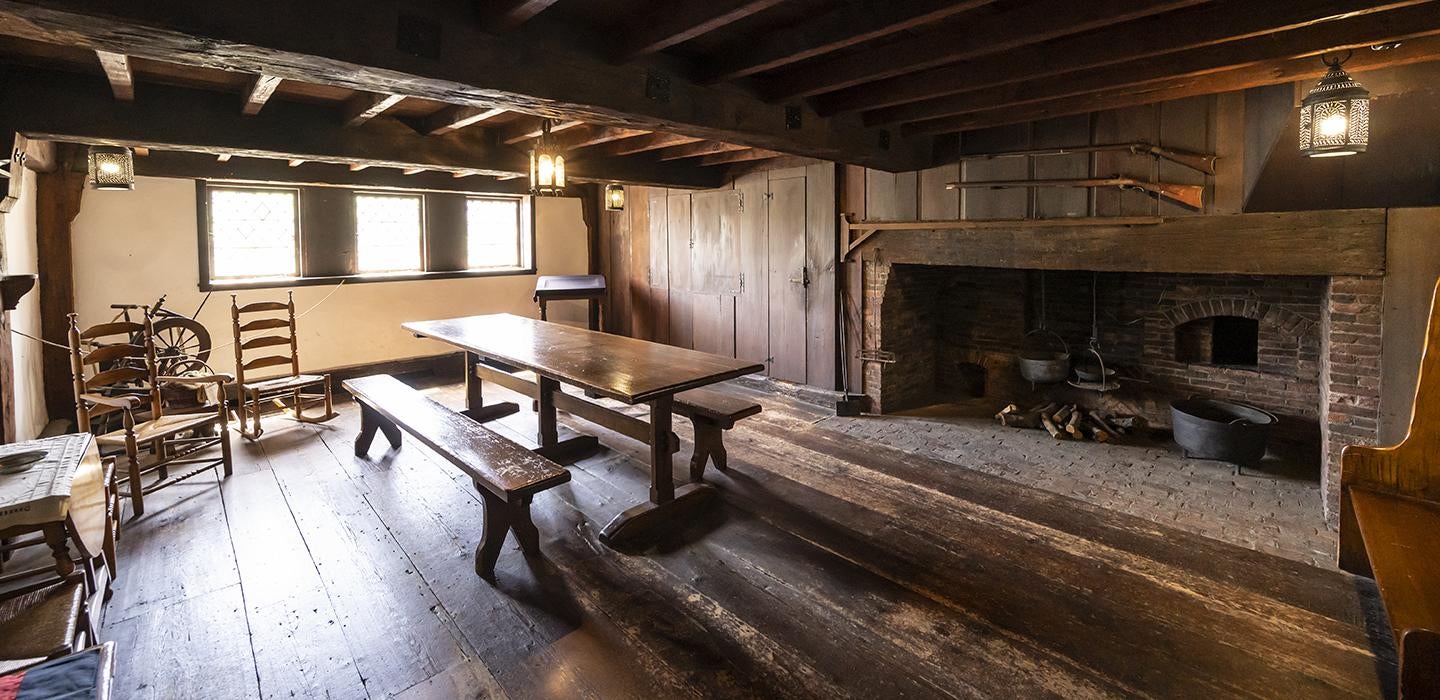
Subscribe to Pittwire Today
Get the most interesting and important stories from the University of Pittsburgh.Ahead of Independence Day, you can get a closer look at how English colonists lived before the founding of the United States of America with a tour of Pitt’s Early American Room.
Located on the third floor of the Cathedral of Learning, it’s one of 31 Nationality Rooms commemorating the contributions and cultures of the people who made Pittsburgh home.
This room is the only one spurred on by a single person, rather than a committee of community members. The man behind the Early American Room, George Hubbard Clapp, served as president of Pitt’s Board of Trustees for 41 years. The 1877 alumnus also lends his name to a Pitt building. Clapp’s ancestors arrived in what is now America in 1630, and the room represents his vision of settlers in Massachusetts.
It’s also the only Nationality Room with two levels.
The space replicates the 17th-century New England home of an upper-class family. Two details stand out as class signifiers: the floor is made of wood as opposed to pressed-earth, and the windows have glass installed, a luxury item of the era. Renowned stained-glass artist Charles J. Connick designed the Early American Room’s windows, as well as panes in the German Room and Pitt’s Heinz Memorial Chapel.
The room is limited in its scope — for example, there’s no evidence of Native Americans or indigenous people — and portrays a specific early American experience, but Nationality Rooms tour coordinator Michael Walter said it conveys universal values.
Settlers had to adapt, he said, knowing the limitations of their new home and learning to prosper in that environment.
Keep reading to learn more about the room’s history and antiques, or schedule an in-person tour.
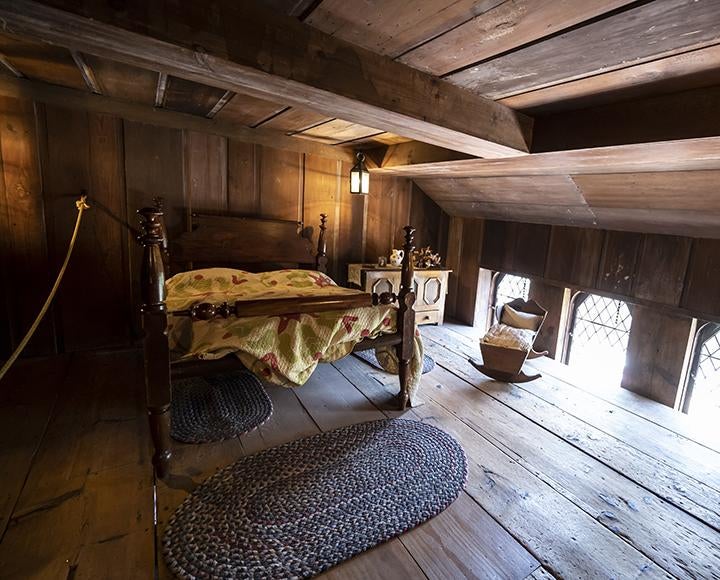
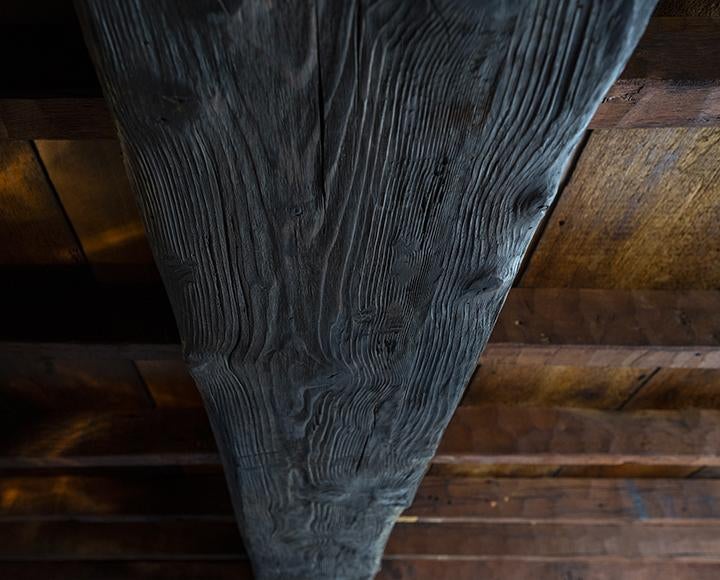
An architect's inspiration
Ted Bowman, architect of the Early American Room, found inspiration in Nathaniel Hawthorne’s Gothic novel, "The House of Seven Gables," and added a hidden passage to a second-floor bedroom. The items housed on the second floor are anachronistic to the lower-level room and typify the 19th century. (above, left)
Bowman also traveled to New England to find inspiration for his design. He sourced some of the lumber used in the room’s floorboards, ceiling and bricks from existing early American structures. (above, right)
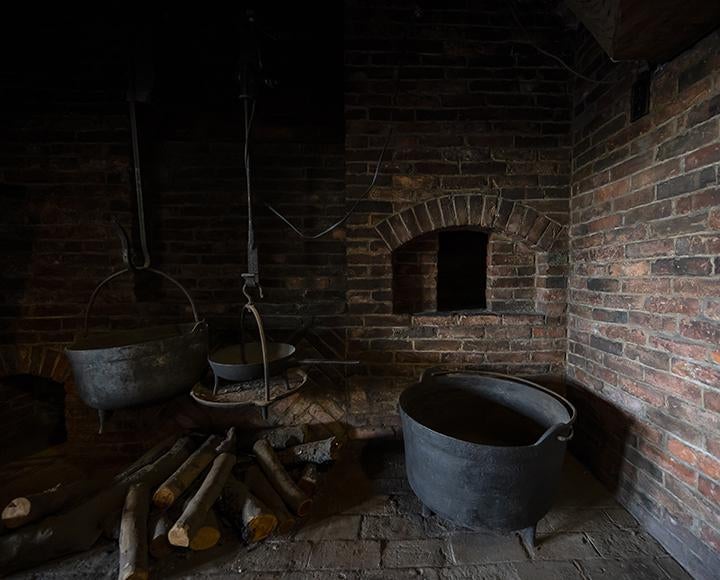
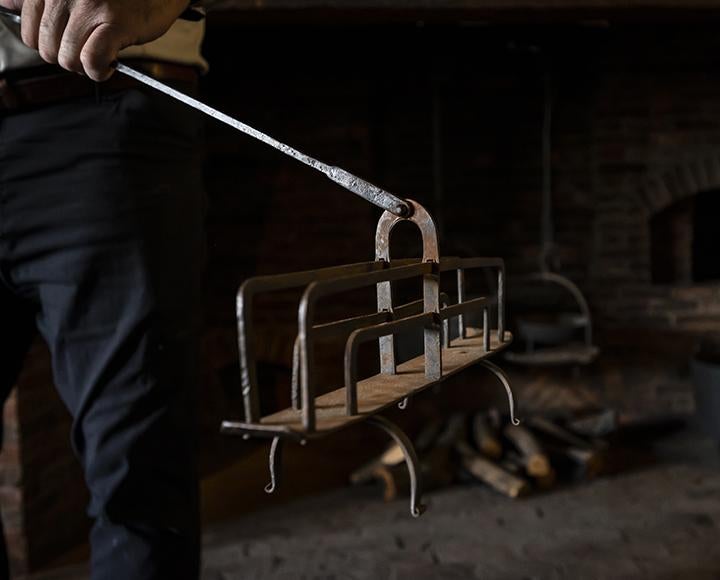
Kitchen appliances
The Early American Room has bread oven and working fireplace, though Walter said he has no memory of a fire ever being set there. (above, left)
Using such a fireplace, Early American settlers could insert slices of bread into a device and hold them over the hearth to make toast. (above, right)
Walter also pointed out a swing mounted to the fireplace (below, left). Settlers would drape damp clothing on it to dry or hung a rug to create a less drafty place to sit beside the fire.
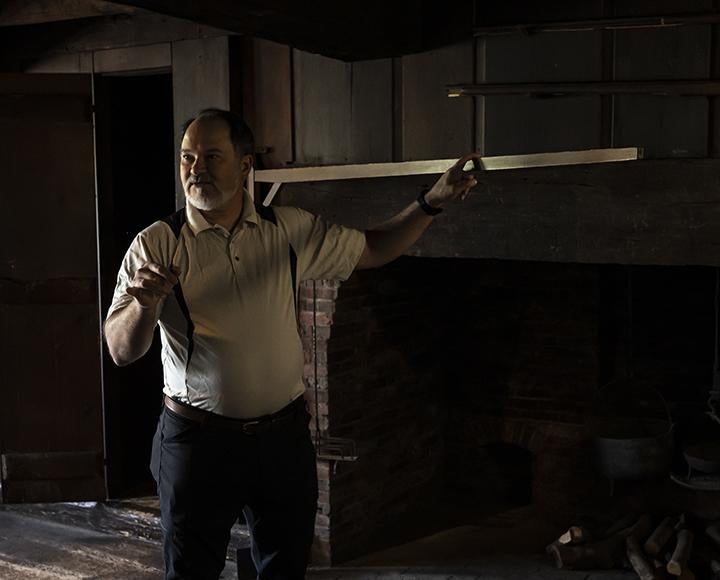
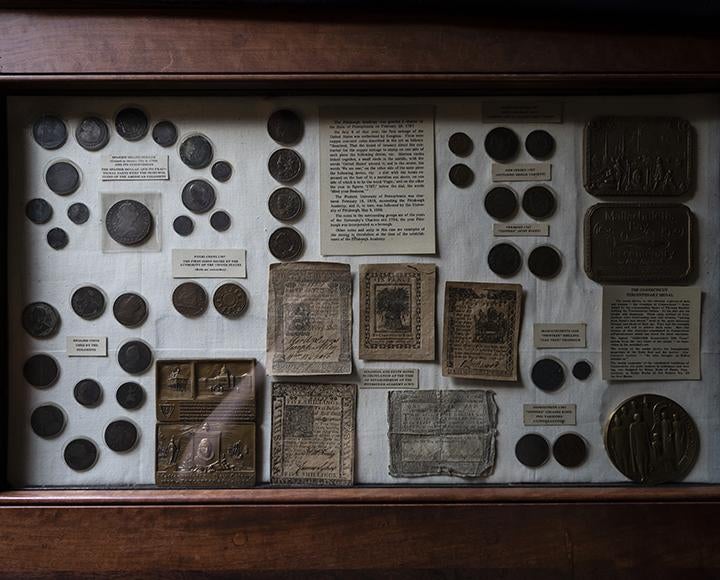
Clapp's collection
Clapp was a renowned numismatist, and he donated coins and medallions from his collection for display. (above, right)
A case in the Early American Room holds Spanish and English coins that could’ve been used in the colonies, as well as coins issued by Massachusetts, New Jersey, Vermont and Connecticut. The collection also features coins issued in 1787, the year of Pitt’s founding.
Also on display are colonial paper money and five medallions struck in 1930 for the 300th anniversary of the Massachusetts Bay Colony.
— Nichole Faina


